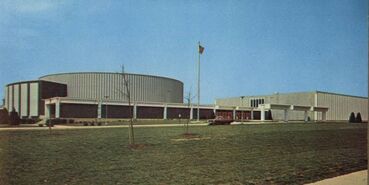 October 26th, 2019 marks an interesting day, one that pays cause to remember the many achievements of a life that impacted not only Frederick County’s history, but that of the state of Maryland. This date is the bicentennial, or 200th anniversary, of the death of Thomas Johnson, Jr. Many may be familiar with the name as it has adorned one of our local public high schools since the fall of 1966. Meanwhile, less than a quarter of a mile away sits Governor Thomas Johnson Middle School in one direction, and, in another, Frederick’s “mecca” of doctors’ offices and medical practitioner headquarters—Thomas Johnson Drive. As a proud member of TJ High’s graduating class of 1985, I have always been quite knowledgeable about my alma mater’s namesake, along with the the location of the school on the former Rose Hill Manor estate, and the significance behind the chosen mascot/team for the educational center— the “Patriots.” My personal interest in Thomas Johnson was initiated by an elementary school field trip to Rose Hill Manor when I was a kid. This historic house, today the centerpiece of a county park created in 1968, served as Thomas Johnson’s retirement home, and is located yards from the high school. I've read the property dates back to a land patent created in 1746 named Rose Garden that went to early German settler Hans Peter Hoffman. Hoffman's heirs sold this to Thomas Johnson for 4,000 pounds money in 1778. I fondly recall my days at old TJ, and have the distinction of being part the last class to go through the same school building from 7th-12th grade, as Monocacy Middle and TJ Middle were still being built at that time. My classmates and I cruised through a lost bastion once known as “Junior High” here in Frederick County. As it did when I was in high school, more than three decades ago, the manor house stands as a beacon amongst the scenic backdrop of our football field's north endzone. Thomas Johnson, Jr. Thomas Johnson, Jr., the son of Thomas Johnson (1702-1772) and Dorcas Sedgwick (1705-1770), was born in Calvert County near the mouth of St. Leonard’s Creek and the Patuxent River. The date of his birth was November 4th, 1732. Interestingly, two of his most intimate friends, later in life, were born the same year—George Washington and Richard Henry Lee. Thomas Johnson’s grandparents were immigrants from Yarmouth, England who had eloped and came to Maryland in 1687. They settled on the eastern shore of the Patuxent River and built a manor home they would name Brewhouse. Here is where Thomas, Jr. came into the world, one of eleven children. The original house was lost in a fire, as you will see, a recurring theme somewhat. However, a house was built on the footprint and retained the name. A small family graveyard can be found on the property holding the remains of our Thomas' parents (Thomas and Dorcas). 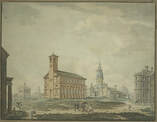 Annapolis Annapolis All that I can glean from Thomas' appearance was that he was short in stature, and possessed reddish hair, the latter fact can be corroborated somewhat by the existence of a unique specimen in the collection of artifacts at Rose Hill Manor. This would be a lock of Dorcas Johnson's (Thomas' mother) hair kept as a lasting memento at her time of death. Yes sir, it is indeed red! Thomas was eventually sent to the provincial capital of Annapolis in the late 1740s, where he would receive his schooling. One of the major steps which set into motion Johnson’s exemplary career in public service was his early employment under Thomas Jennings, Register of the Land Office at Annapolis. Johnson performed the job of a writer in the office of the Clerk of the Provincial Court. This gave him an opportunity to meet, and witness, the most talented lawyers in the colony, while also learning court procedure along the way. You could say that Mr. Jennings had a hand in changing young Johnson’s life both professionally and personally. Thomas would marry his boss’ daughter, Ann Jennings, on February 16th, 1766. 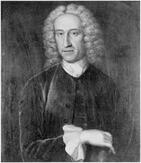 Stephen Bordley Stephen Bordley In addition, Mr. Jennings inspired Johnson to study law, which he would go on to do as an apprentice under a gentleman named Stephen Bordley. Mr. Bordley was quite experienced and well-traveled, having taught law to many able men over his career. Young Johnson would follow suit (of these other pupils) and eventually opened his own practice in Annapolis. His work quickly led him to branch out to different sections of the Maryland Province. One such was the burgeoning county of Frederick, created in 1748 out of Prince Georges County. Johnson would be admitted to the Bar here in 1760, as well as that for Baltimore County. By the age of 29, Thomas Johnson, Jr. was recognized as a leading member of the Annapolis Bar, and soon would be elected to the Provincial Assembly as a delegate from Anne Arundel County. Meanwhile, in his home life, Johnson found himself the father of eight children. One of his children (Rebecca) died in infancy and a second, Elizabeth (1780-1798), would die as a young adult. (NOTE: A later daughter would be given the name of Rebecca as well). In the 1770s, Thomas Johnson, Jr. relocated to Frederick County. He had previously patented over 21,000 acres of land in Frederick between 1763-1765. It is said that his move was precipitated by the urging of his brothers who were doing quite well out here on the western frontier of Maryland. It has also been recorded that the move was one that allowed Johnson to be a bigger player in the Frederick court scene along with offering lucrative business opportunities. Best of all, this afforded the chance to bring him closer to siblings James, Roger, Baker and John who had moved to the Frederick area (or would come later). As a side note, James Johnson (1736-1809) was the original furnace-master of Catoctin Furnace (below Thurmont) and builder of Springfield Manor, now a wildly popular wedding destination owned by Amie and John St. Angelo. Roger Johnson (1749-1831) operated Bloomsbury Furnace along Bennett’s Creek at the southeast foot of Sugarloaf Mountain. Baker Johnson (1747-1811), a lawyer, practiced law here and eventually ran Catoctin Furnace in the early 1800s from his manor house named Auburn, which still exists on the west side of US15, at the point of the at-grade exit to MD806 that goes through the village of Catoctin Furnace. These three would serve in the American Revolution under brother Thomas. John Johnson (1745-1811) was a physician with an office at one point on W. Patrick Street in Frederick Town and served as a surgeon in the Maryland Line during the Revolution. Thomas Johnson, Jr. continued purchasing several tracts of land in the county. He bought the Rose Hill tract (originally known as Rose Garden) in 1778, and a year later (1779) another property that he would take the name Richfield. This latter holding would become his personal (and first) home place here in Frederick County. According to former historian/archeologist E. Ralston Goldsborough, who grew up on this tract, “Richfield was built with bricks brought from England, was three stories high and contained mammoth proportions." Goldsborough's grandfather, William Goldsborough, bought the property from Johnson in 1800. Goldsborough recalled his grandmother saying the "hall running through the center of the house was wide enough to turn a wagon and four horses." The Richfield home of Thomas Johnson, Jr. was once located adjacent an old wagon road that headed to the northern reaches of the county from Frederick Town. Today you can see the structure that took its place, but holds the same name of “Richfield.” This is just to the east of US15 (north of Frederick), north of Tuscarora Creek and near the intersection with Willow Road. In layman’s terms, its across from Beckley’s Motel and liquor store—a formidable landmark considering our subject was born in a place called "Brewhouse,” I guess. 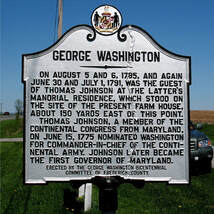 An intimate friend of Thomas Johnson was George Washington, who actually stayed at Richfield on two occasions in 1785 and 1791. Johnson hoped the estate would be his place of retirement, but his wife died in November, 1794 at the age of 49. In 1800, Richfield was sold and the former governor moved to Rose Hill Manor, which he had built as a wedding gift for his daughter Ann Jennings (Johnson) Grahame and husband Maj. John Colin Grahame. Sometime after that, Richfield burned. According to Goldsborough, “a servant girl tending the fireplaces placed an ash box under the stairs leading to the third floor. During the night, the box caught fire and spread through the house. Some fishermen on the Monocacy River saw the flames, ran to the house and managed to get the family out, along with a few furnishings and pieces of silverware, but the house was destroyed.” A manor house would be rebuilt by the Goldsboroughs. This would eventually become the birthplace of Rear Admiral Winfield Scott Schley, who was born there in 1839 and later proclaimed as the "hero of Santiago" during the Spanish-American War. The home was again ravaged in the late 1920's by a tornado, but rebuilt to look as it did before. It continues to be in private ownership. 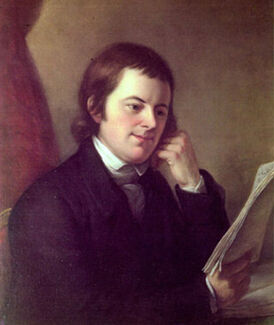 The Winds of Revolution As mentioned earlier, Thomas Johnson, Jr. was a delegate to the Provincial Assembly in Annapolis. This was an interesting time to be in local government considering the period of unjust taxes being forced on the colonial citizenry by order of the English Crown. Here in Maryland, Frederick gained a reputation as a “hotbed” of activity for the Sons of Liberty, and our Frederick County court justices were the first official body to repudiate the Stamp Act of 1765. Thomas would lend his talents to be a leader in the crusade against taxation without representation. In 1774, the Maryland Assembly appointed Johnson a delegate to the First Continental Congress, and he would represent the colony once again the following year at the Second Continental Congress. Of course, this body met at Philadelphia’s Independence Hall in Philadelphia. One account said of Johnson: “Biographers might well applaud him most of all for his clarity, soundness, and originality of his thinking. Not for him were the muddled emotionalism and uncomprehending flagwaving of some loudly vocal patriots. To him, things either made good sense or they did not. Sound reasoning served as his chief navigational instrument in charting a course of action. He was a conservative, hoping for reconciliation of the American colonies with the “mother country,” and became a devoted rebel only after hope for patching the breach began to fade.” 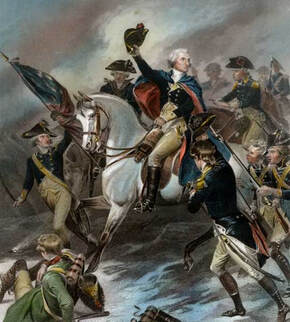 In the Congress, Johnson was allied with those who favored separation from Great Britain. In November 1775, this legendary body created a Committee of [Secret] Correspondence that was to seek foreign support for the war. Thomas Johnson, along with Benjamin Franklin and Benjamin Harrison V, was initially named to the committee. Throughout his career, Johnson maintained a personal and political friendship with George Washington, which was solidified during his time in Philadelphia. He holds the distinction of nominating his friend to become the first commander in chief of the Continental Army in June, 1775. Many histories give the credit to another founding father, John Adams, but it was Johnson. Judge Edward Delaplaine in his 1927 biographical work entitled The Life of Thomas Johnson states: "Thomas Johnson often told his nephew (James Johnson) the story along the lines that he and Richard Henry Lee wanted to nominate George Washington but even at that time there existed a division between the northern and southern colonies in the Congress. The war was seen as a northern battle, with all the confrontations in the northern states. Apparently, upwards of a half-century later Mr. Adams remembered that the delegates from Virginia had, from “delicacy,” declined to place Washington’s name before the House. In a letter written February 24, 1821, to Richard Henry Lee, grandson of the Richard Henry Lee who introduced the resolution to Congress to declare the United Colonies free and independent, Mr. Adams gave this explanation of why Thomas Johnson, of Maryland, made the nominating speech: 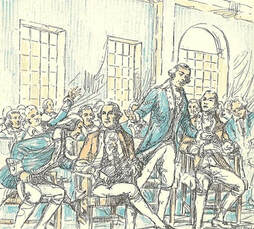 “As such motions were generally concerted beforehand, I presume Mr. Johnson was designated to nominate a General, because the gentlemen from Virginia declined, from delicacy, the nomination of their own colleague…It ought to be eternally remembered that the Eastern members were interdicted from taking the lead in any great measures, because they lay under an odium and a great weight of unpopularity. Because they had been suspected from the beginning of having independence in contemplation, they were restrained from the appearance of promoting any great measures by their own discretion, as well as by the general sense of Congress. 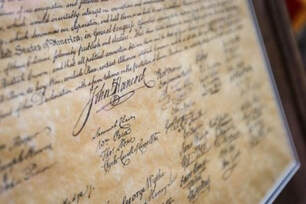 Later in 1775, Thomas Johnson drafted the declaration of rights that became adopted by the Maryland Assembly and later included as the first part of Maryland’s original constitution. It was adopted by the state's constitutional convention at Annapolis in 1776. Johnson would frequently leave Philadelphia and return to Maryland as he continued to lead simultaneous efforts in the Maryland Assembly, along with recruiting for the war effort. He was here in Maryland when the United States Declaration of Independence was signed, and did not have the opportunity to affix his signature to the legendary document—a feat which surely would have heightened his legacy. Meanwhile, Johnson’s skills in leading fighting men were called on as he would be elected the first brigadier general of the Maryland provincial militia and commander of the Flying Camp in 1776. His brothers supported the revolution by manufacturing supplies, ammunition and possibly cannon in their respective furnace operations. Some of the cannonballs used at the famed battle of Yorktown were made at the Catoctin Furnace. It is generally thought that Thomas Johnson, Jr. commanded a force of about 1,800 men, under the name of the Flying Camp as mentioned earlier. His brothers James and Baker were appointed to the rank of colonel and headed a few of the battalions. Roger was a major. In early February of 1777, Johnson and his Flying Camp would be in winter headquarters near Basking Ridge, New Jersey. The first State Legislature of Maryland had convened in Annapolis. One of the important duties imposed by the new state Constitution of 1776 called upon the Legislature to select a Governor. This task was performed on February 13th, 1777 by a joint ballot involving both houses of Maryland’s legislature. A total of 40 out of 52 assemblymen cast their gubernatorial votes for Thomas Johnson, Jr. Delaplaine in his book goes on to say: “The overwhelming majority in favor of Johnson for Governor was an unquestioned tribute to his integrity, ability, and lofty patriotism. Johnson was given the extraordinary news while in camp with Gen. Washington. He penned an acceptance letter to Daniel of St. Thomas Jenifer, President of Maryland’s Senate: Thomas Johnson would be Maryland’s first elected governor of this new age after Independence was declared in 1776. The politician would make sure that his old friend George Washington was supported from this new state of Maryland, as well. Johnson had a hand in getting a gun-lock factory built in Frederick, along with the major construction of a barracks which would eventually house British officers, but is better remembered for the captivity of hundreds of German missionary soldiers who were called “Hessians.” 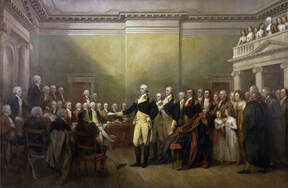 John Trumbull's depiction of Washington resigning his commission John Trumbull's depiction of Washington resigning his commission More Public Service and Retirement Thomas Johnson was twice reelected as governor and served until 1780. He then served in the Maryland legislature. The Revolutionary War ended in 1783, and almost fittingly George Washington resigned his commission as Commander-in-Chief of the Continental Army in the Maryland State House in Annapolis, stomping ground of the guy who helped put him in the position in the first place. Soon afterwards, Johnson and George Washington formed a company to extend navigation of the Potomac River. Thomas also served briefly in the Maryland ratification convention, where he supported ratification of the federal Constitution, and then became chief judge of the General Court of Maryland. In 1789, Thomas Johnson was appointed U.S. District Judge of Maryland by George Washington, and a year later became Chief Judge in Maryland District Court. In 1791, President Washington elevated him even higher as he was named to the U.S. Supreme Court and took his seat as an associate justice. He was 60 years old at this time. Johnson wrote the first documented opinion of the court. He also served the shortest term of any justice—14 months—citing health issues for resigning. That same year of 1792, Johnson was appointed by Washington as chairman of the board of commissioners to lay out the capitol city. He was said to have been the first to call the city after his friend, Washington. In actuality, Johnson may have turned down more invitations to serve than he accepted. President George Washington asked him to serve as his secretary of state. Johnson declined citing his health and not feeling qualified for the job. Apparently, Johnson was not confident in his own speaking skills as an orator. His strong suits were that of writing and working with finances. Letters penned by Johnson also indicate he believed his eyesight was failing. After 30 years of public service, Johnson retired to private life. At Rose Hill, Johnson could reflect upon his many achievements and spend quality time with his favorite child and two grandchildren. He had missed the opportunity to see his own children grow up due to his work on behalf of Maryland and his countrymen. Johnson can be found living in Frederick in the 1790, 1800 and 1810 census records. He would make his last public appearance in Frederick in early January, 1800. This was the time of George Washington’s death, and Johnson was charged with presenting the eulogy in the local memorial service for his dear friend. Johnson would live for another 20 years, however little is known about his activities. It’s been said that his bedroom was in the rear of Rose Hill and overlooked the gardens and mountains, as he once noted in correspondence to a friend. A few documents remain that indicate that the aged statesman continued to provide legal advice. He carefully labeled and packed his correspondence in barrels for preservation. Sadly, the next generation used the papers for kindling, according to Judge Delaplaine. On the morning of October 26th, 1819 at the age of 87, Maryland’s first-elected governor would pass. The Frederick Town Herald paper commented: “His deeds are inscribed in the imperishable archives of his country; his wisdom, impartiality and integrity in the records of justice; his worth and virtue are preserved in the hearts of his countrymen; his kindness, affection and friendship in the memory of his family, relatives and friends; his trust for immortality rested in his Saviour and God. Washington was his friend. Eulogium can add no more.” Thomas Johnson’s body was buried at All Saints' Episcopal Churchyard in a family crypt located below ground and accessed by a stairway. This underground vault contained the remains of his wife, brothers James and Joshua, along with a few of his children. In 1894, the newly-founded Frederick Chapter of the Daughters of the American Revolution, at the urging of Charter member and Johnson granddaughter, Ann Grahame Ross, would place a marble marker atop the ground above the Johnson family tomb.” The All Saints burial ground was sold in 1913, and all bodies were moved here to Mount Olivet Cemetery. Greatest interest was placed in the re-interment of Governor Johnson, and the process made front page news in the local paper. Apparently, the former governor was not where the principles of the project thought he was, and an arduous struggle of “Finding TJ” transpired over the summer of 1913. With the help of relatives, his corpse was finally identified and was the last to make the move to Mount Olivet in November, 1913. 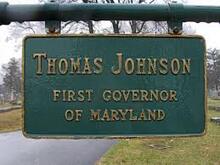 With the re-interment of the first governor's mortal remains into a vault within Frederick’s “garden cemetery” in Area MM/Lot 38, came the tablet that Mrs. Ross and the DAR had laid upon the grave in 1894. Three of Johnson's brothers are also buried here in this particular lot as well: James, John and Joshua, the latter the father of first lady Louisa Catherine (Johnson) Adams, wife of President John Quincy Adams. Baker Johnson is buried in the cemetery's Area E about 150 yards to the north. A new marker displaying Johnson’s many achievements was placed here, and a flag pole was also erected which proudly flies the Maryland flag over the grave of the first governor. This has been the scene here ever since. An area to the immediate south of the mausoleum complex and along the highway was named in honor of Thomas Johnson. Come to think of it, so was a bridge over the Patuxent River, not far from Johnson’s birthplace. You can traverse this patriotic bridge when traveling from Solomon’s Island at the southern tip of Calvert County to St. Mary’s County on the other side. Interestingly, the TJ bridge was built for Southern Maryland in a trade to get rid of its slot machines in the 1960s. After slot machines were phased out in 1968, so the plan went, the new bridge would foster economic development for the rural area, which still relied on tobacco farming and working the water for crabs, fish and oysters. Nearly 104 years later, Mount Olivet received a bust of Thomas Johnson. This had previously resided in front of Frederick City Hall (the former Frederick County Court House) since its unveiling in 1929. The bronze sculpture is the work of Joseph Urner, a talented local artist who served in both world wars and was laid to rest in a family plot in Area AA. Our superintendent cleaned it up, and we placed it up near the FSK monument in the front of the cemetery. Today, many residents of Frederick have no clue who Thomas Johnson, Jr. was, and how important his actions were to not only shaping Frederick, but our State of Maryland and our country. He rose to the top in regards to his given legal profession. He was a successful businessman exemplified by his furnace, real estate and farming endeavors. Thomas Johnson was not only an influential leader in the fight for independence as a delegate to Continental Congress, but he commanded troops in the American Revolution. He helped shape Maryland as a state and served as a faithful delegate and our first-elected governor. He was just as much a "patriot" as his close friend Washington, the legendary Jefferson, Adams, Hancock, along with our Maryland signers: Charles Carroll of Carrollton, Samuel Chase, Thomas Stone and William Paca. If you know a student who attends TJ High or TJ Middle, please tell them the story of their school's namesake. That takes care of the younger generation. As for the rest of us, there will likely come a time we will need to visit a specialist with an address on Thomas Johnson Drive. If anything else, take a moment to think of our first governor and his legacy when you do..... as you will likely have a wait before your appointment anyway. Private practice, Annapolis, Maryland, 1760-1762 Member, Maryland Provincial Assembly, 1762-1774 Delegate, Continental Congress, 1774-1777 Brigadier General, Maryland Militia, 1776-1777 State Governor, Maryland, 1777-1780 Private practice, Frederick, Maryland, 1780-1790 Member, Maryland House of Delegates, 1780-1782, 1786-1788 Chief judge, Maryland General Court, 1790-1791 Associate Justice, US Supreme Court, 1791-1792 Commissioner of the New Capital, 1791-1794 A new tabletop interpretive exhibit will be unveiled in Area MM on Saturday, October 23rd at 1pm. Please join us or check out the marker on a later visit to Mount Olivet.
2 Comments
NANCY M DRONEBURG
10/24/2021 11:32:25 am
thank you
Reply
Elaine Tickner
11/8/2021 02:57:27 am
Thank you . I was born and raised in Annapolis, had a little house in Lusby, Calvert Co around the bend from St Leonard's Creek, and now live on the north side of Frederick not far from Willow Rd. I did not know about all these connections with Thomas Johnson. So interesting.
Reply
Leave a Reply. |
STORIES
|
Archives
July 2024
June 2024
May 2024
April 2024
March 2024
February 2024
January 2024
December 2023
November 2023
September 2023
August 2023
July 2023
June 2023
May 2023
April 2023
March 2023
February 2023
January 2023
December 2022
November 2022
October 2022
September 2022
August 2022
July 2022
June 2022
May 2022
April 2022
March 2022
February 2022
January 2022
December 2021
November 2021
October 2021
September 2021
August 2021
July 2021
June 2021
May 2021
April 2021
March 2021
February 2021
January 2021
December 2020
November 2020
October 2020
September 2020
August 2020
July 2020
June 2020
May 2020
April 2020
March 2020
February 2020
January 2020
December 2019
November 2019
October 2019
September 2019
August 2019
July 2019
June 2019
May 2019
April 2019
March 2019
February 2019
January 2019
December 2018
November 2018
October 2018
September 2018
August 2018
July 2018
June 2018
May 2018
April 2018
March 2018
February 2018
January 2018
December 2017
November 2017
October 2017
September 2017
August 2017
July 2017
June 2017
May 2017
April 2017
March 2017
February 2017
January 2017
December 2016
November 2016

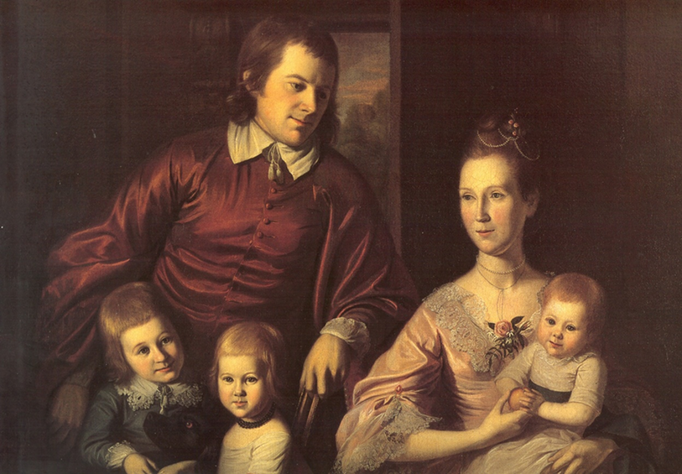
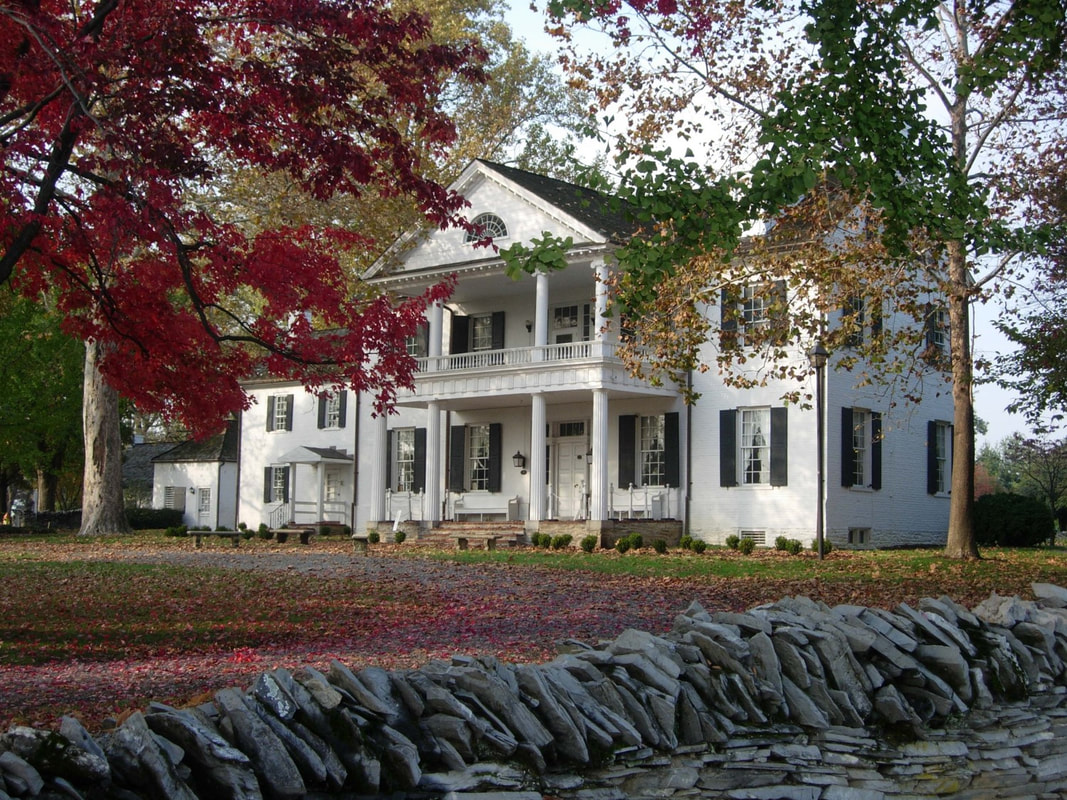
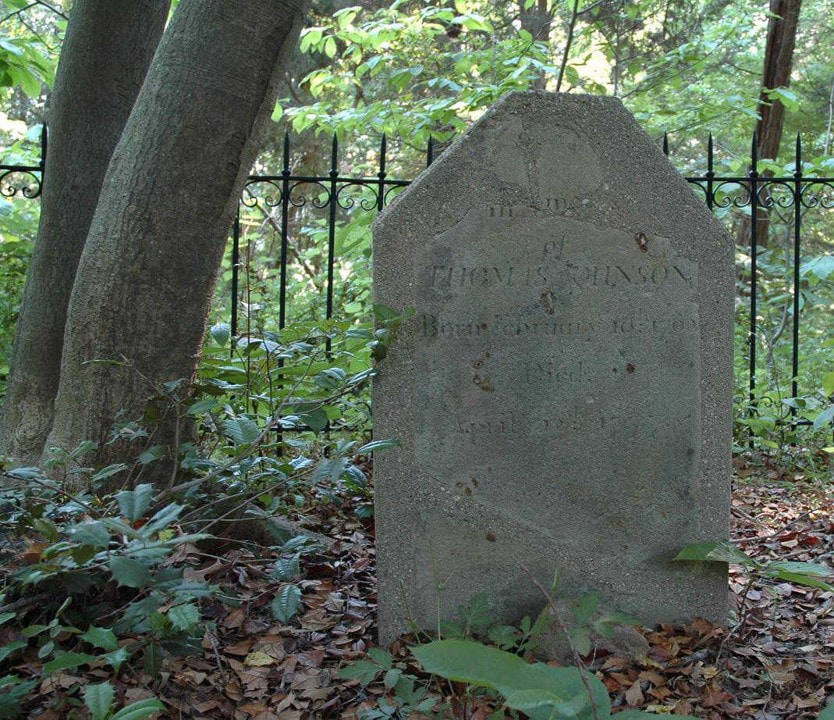
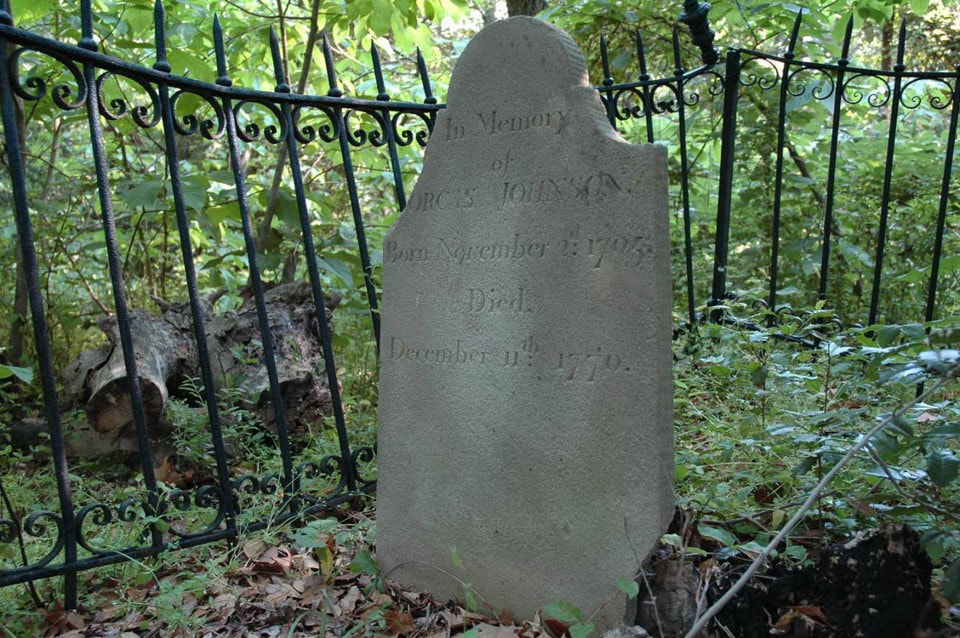
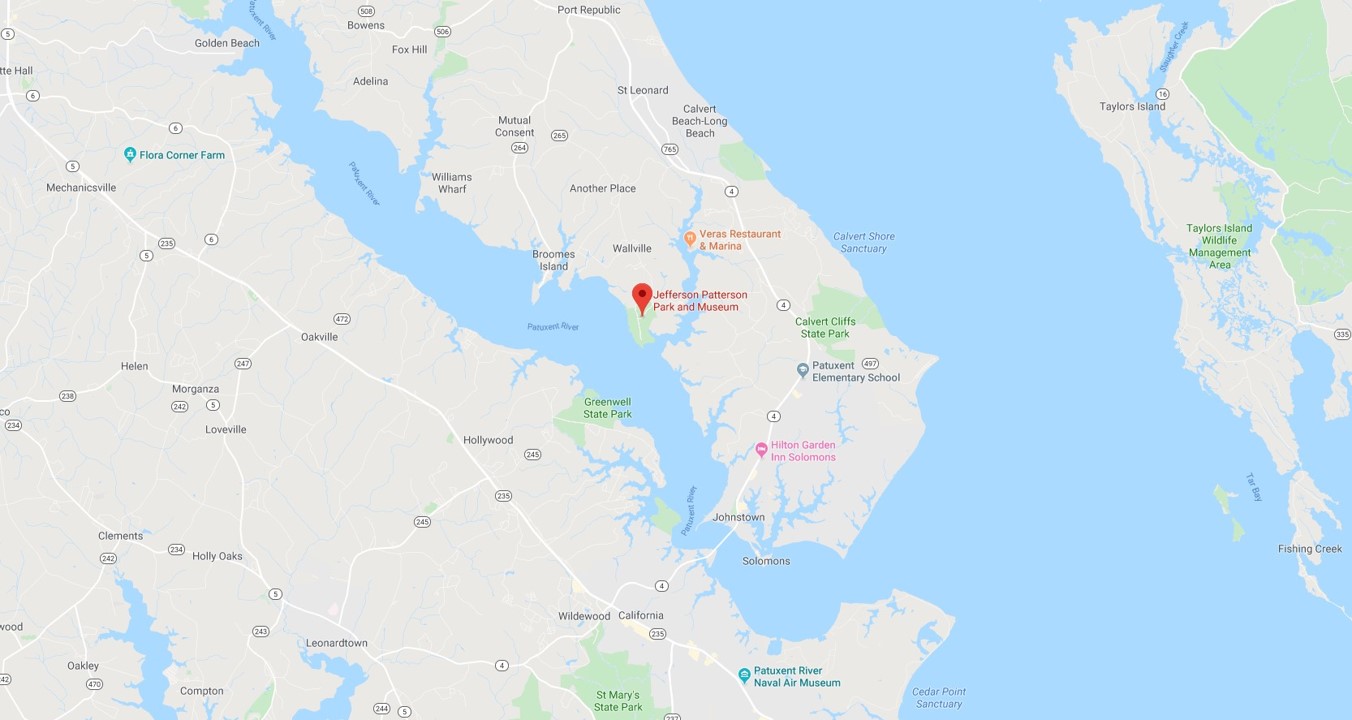
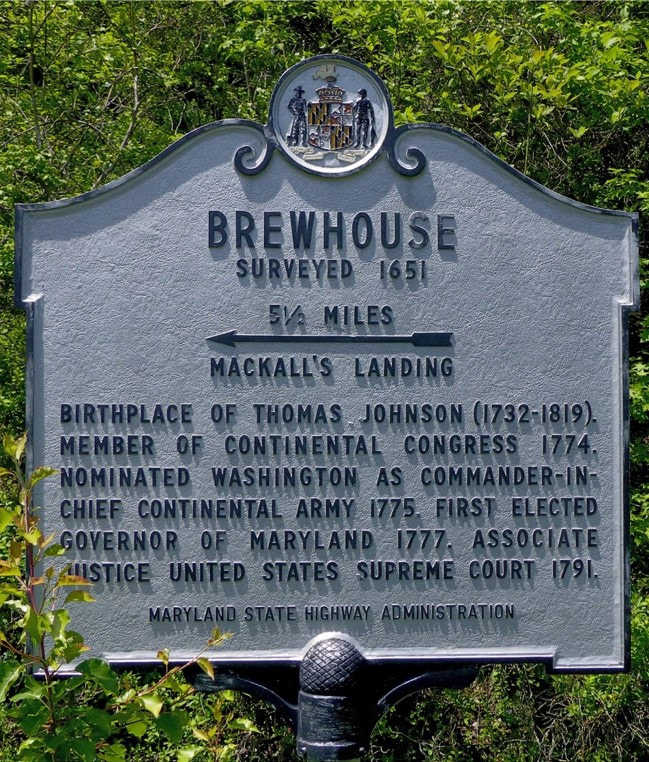
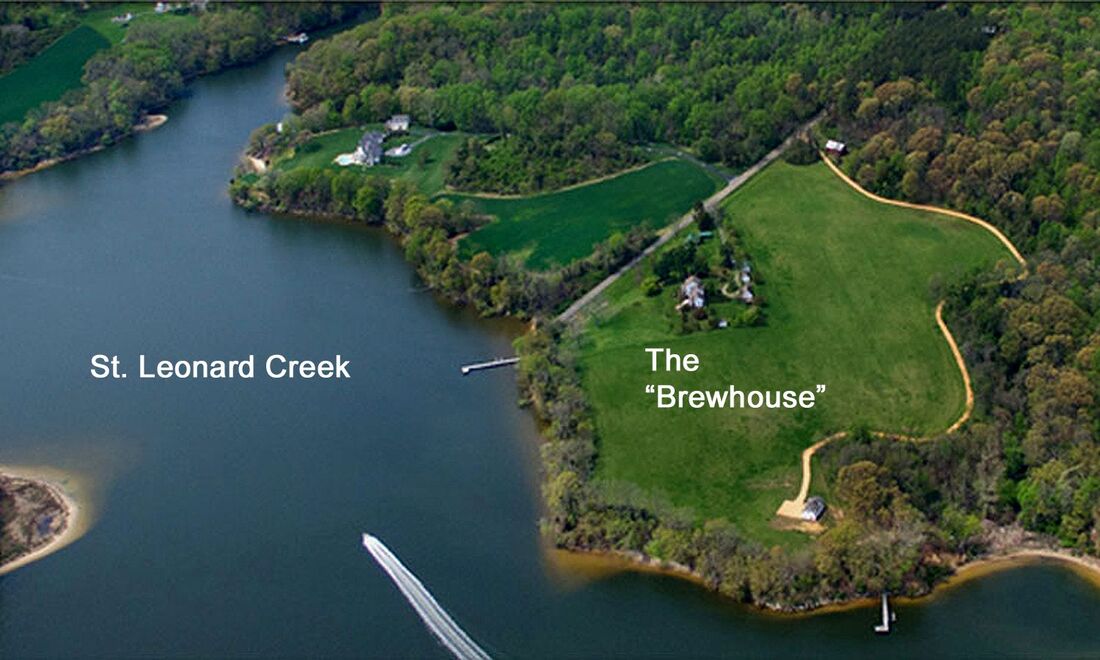
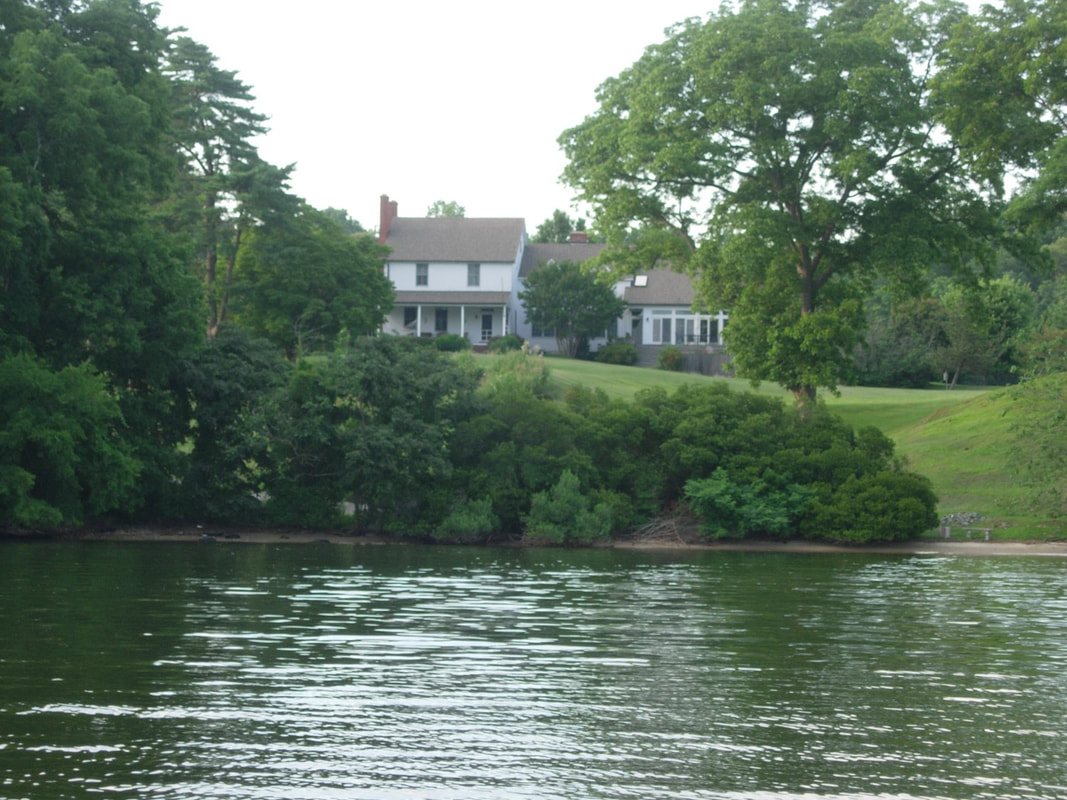
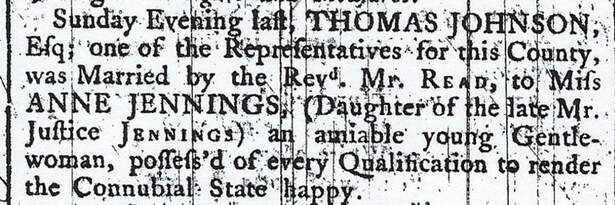
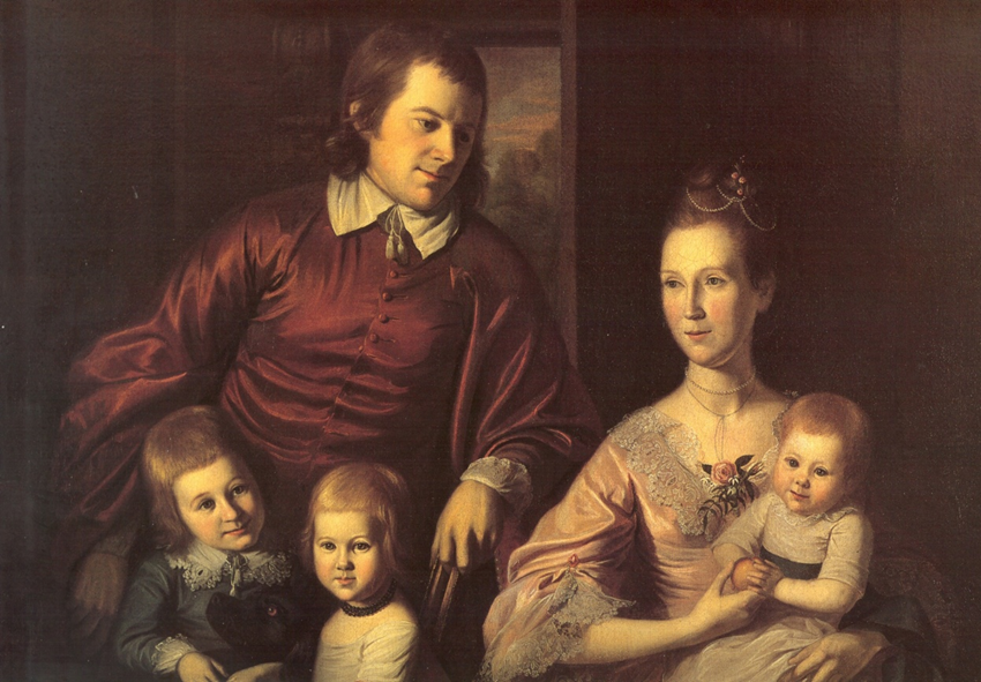
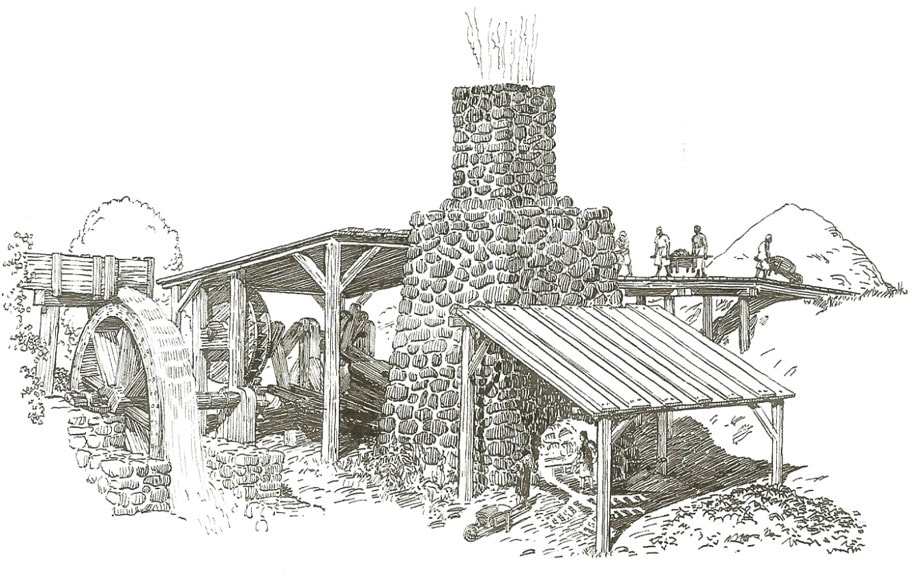
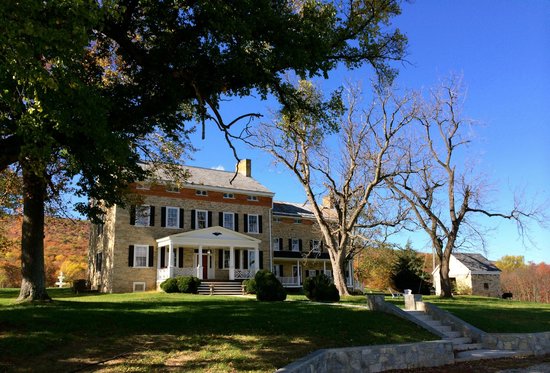
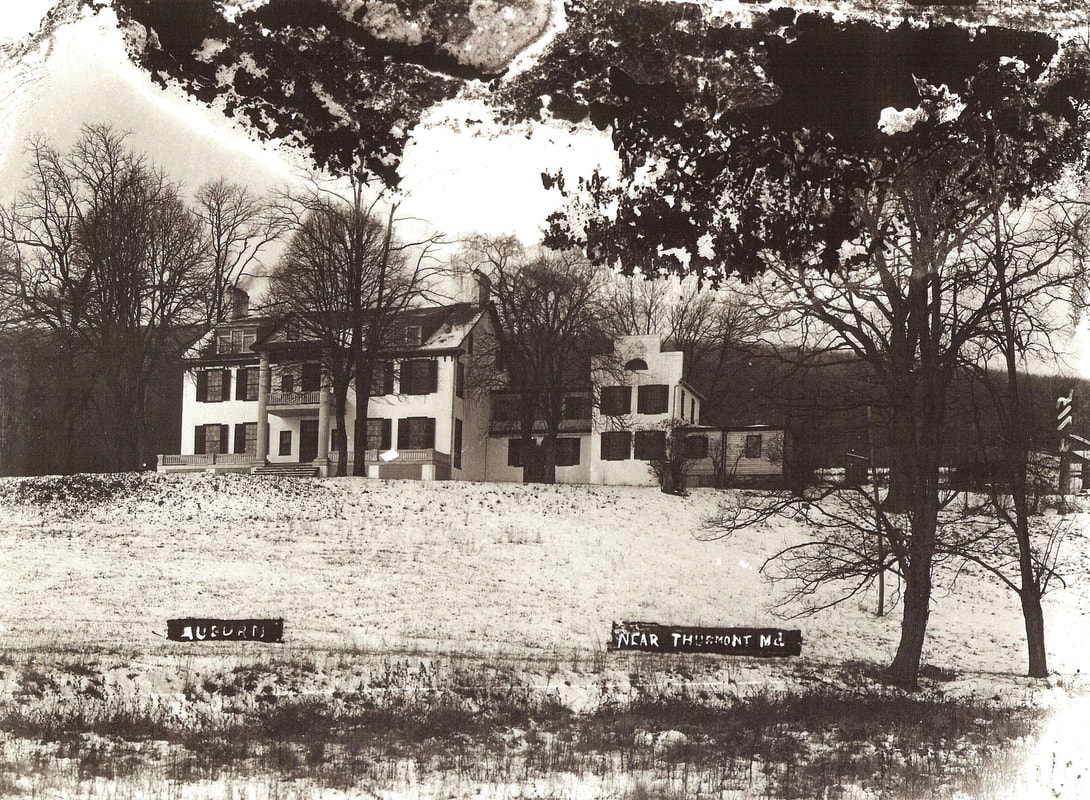
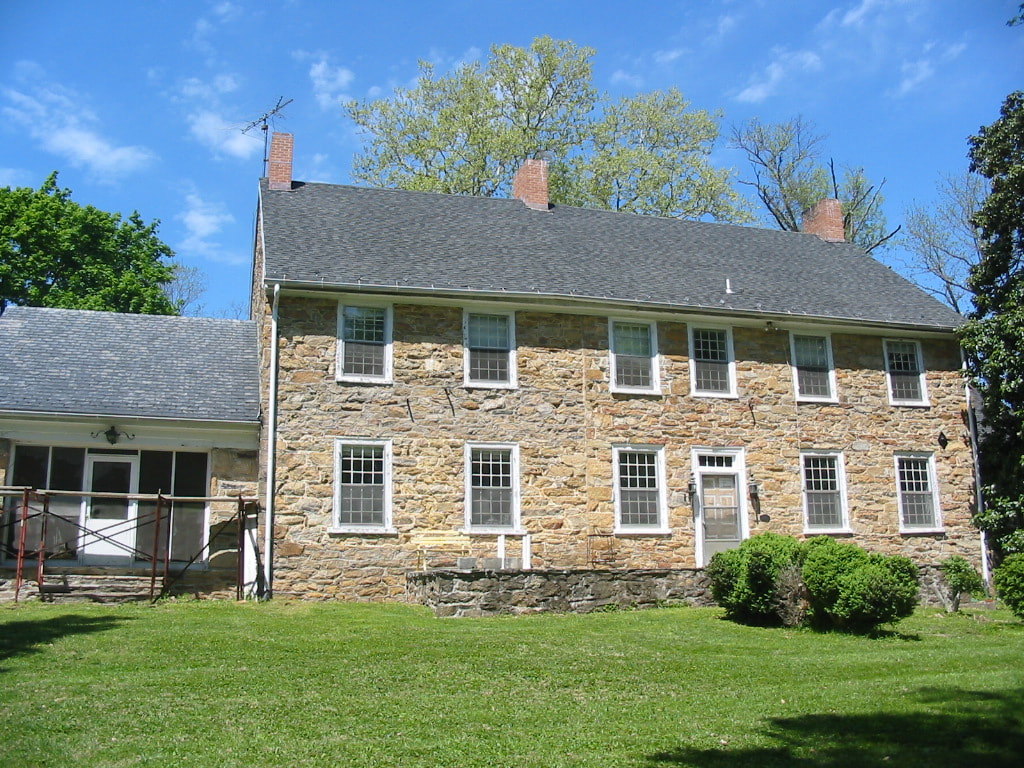
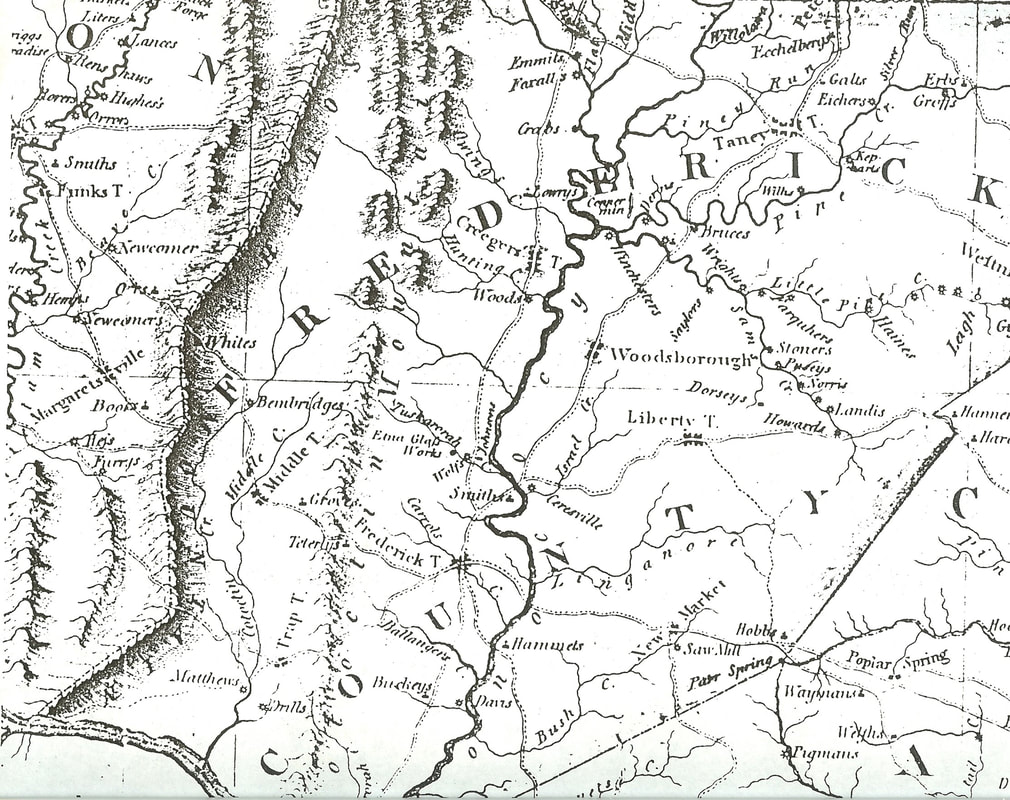
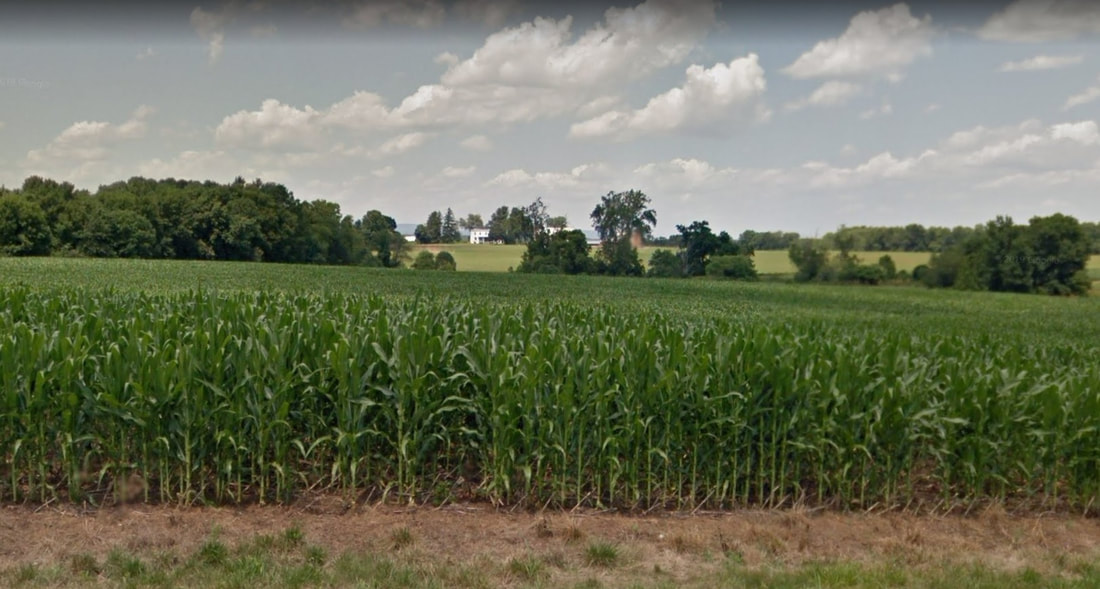
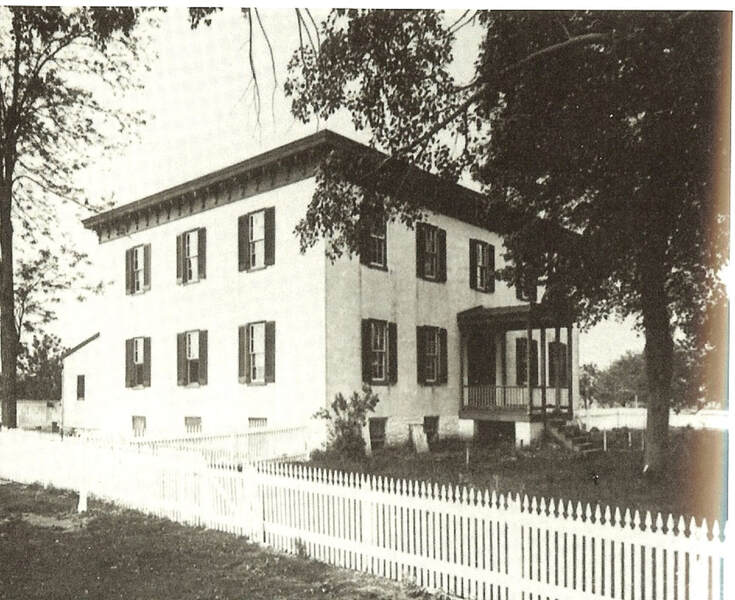
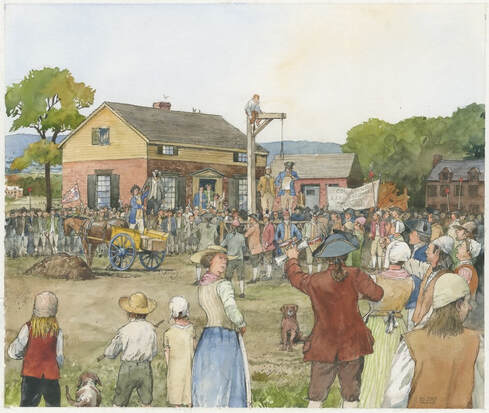
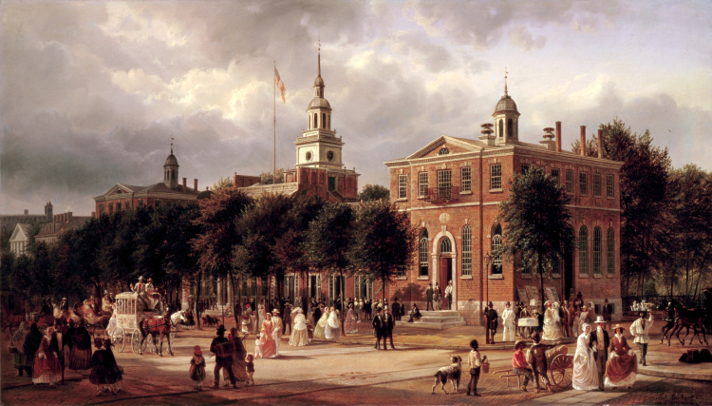
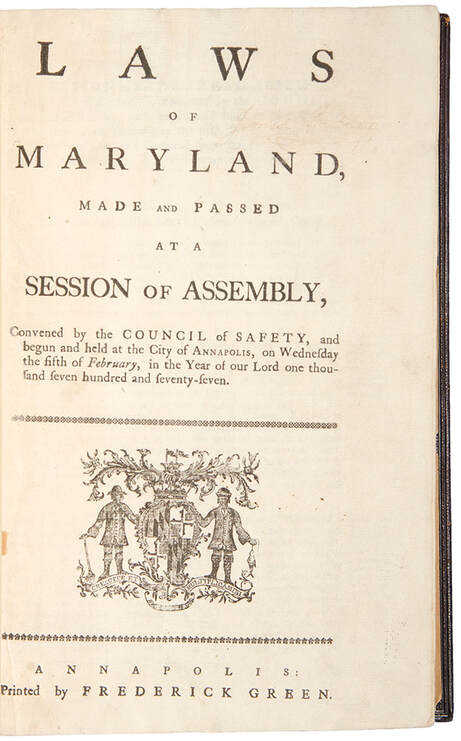
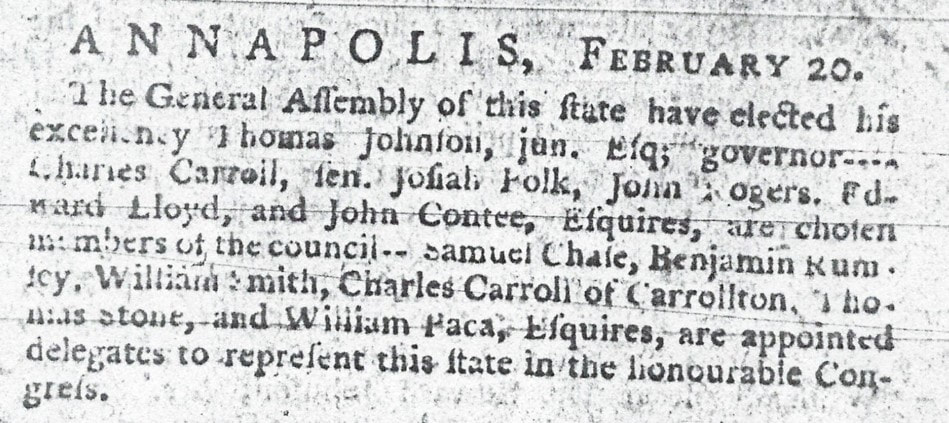
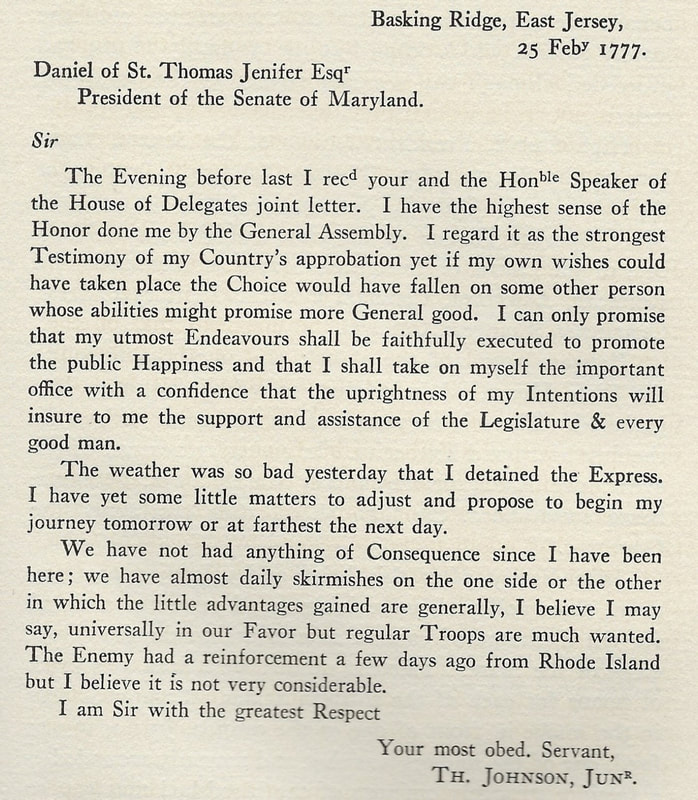
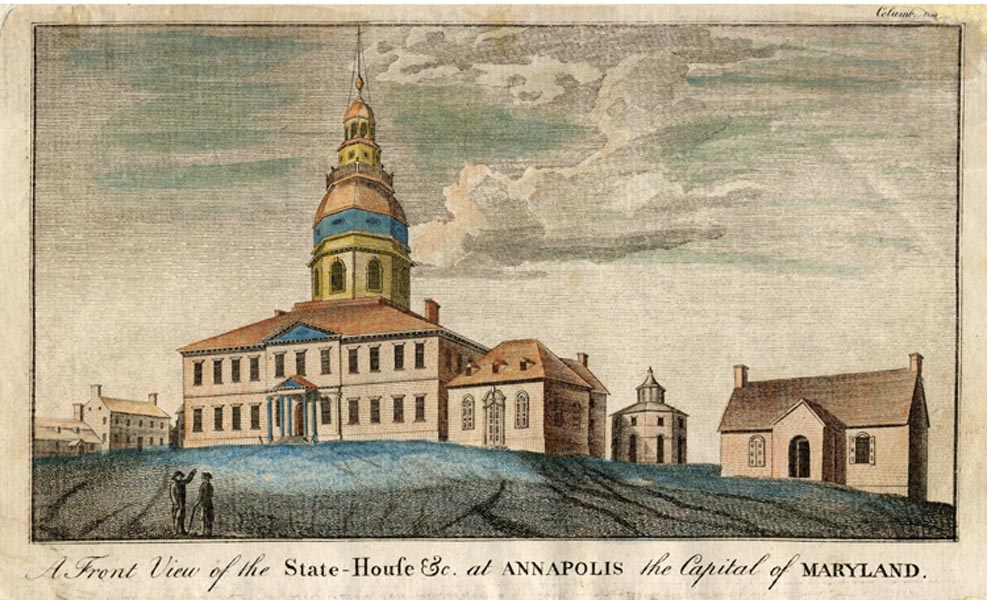
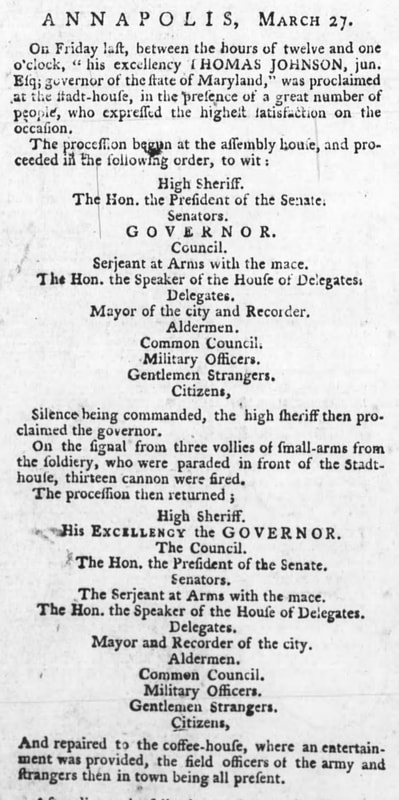
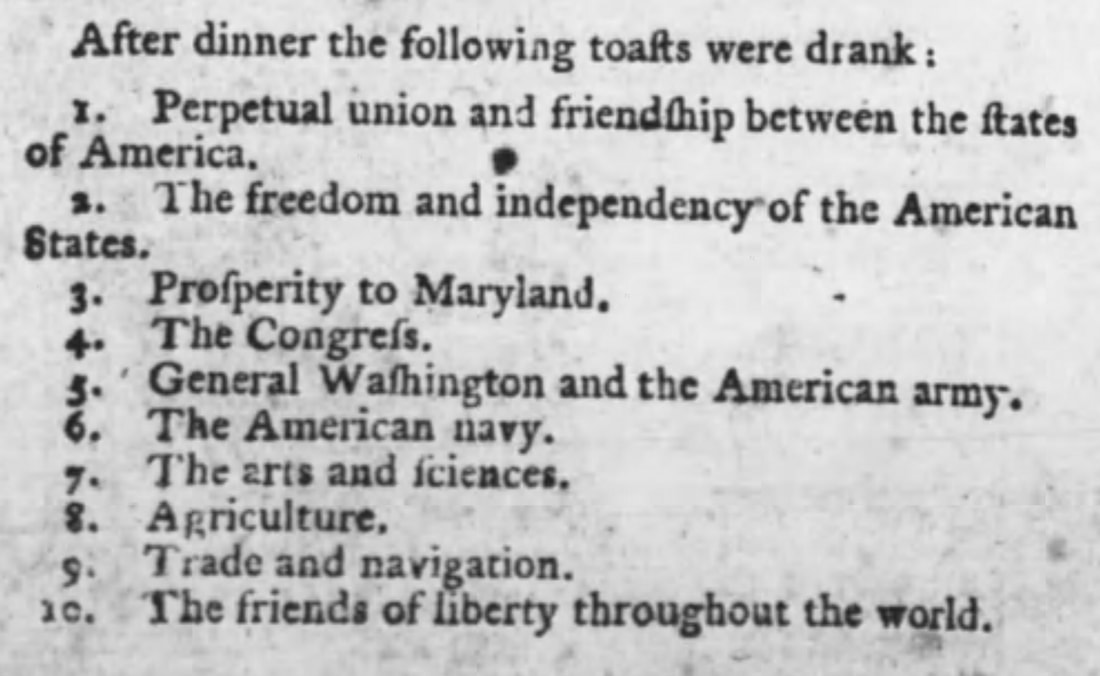
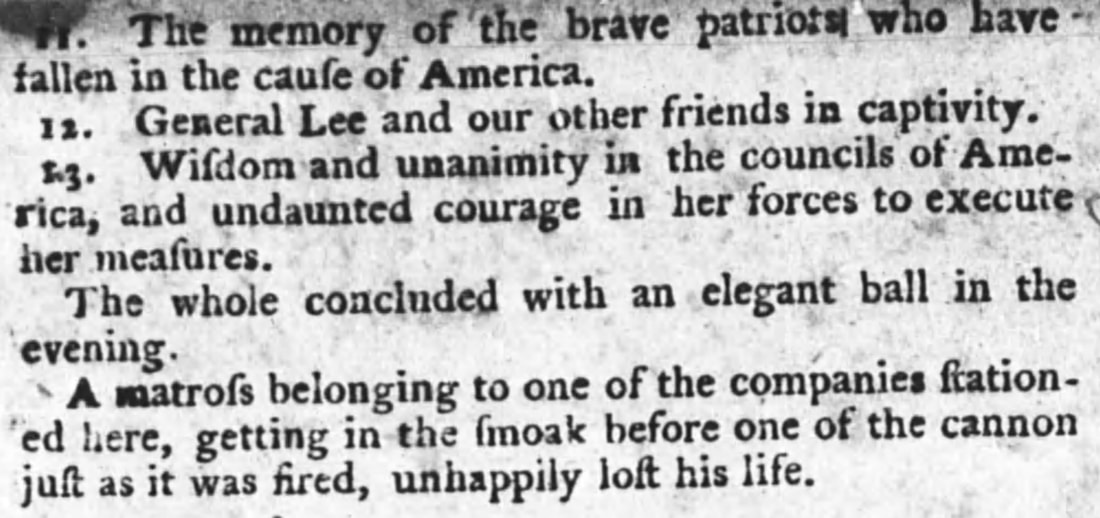
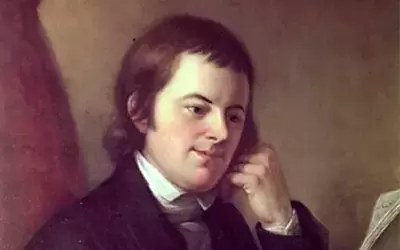
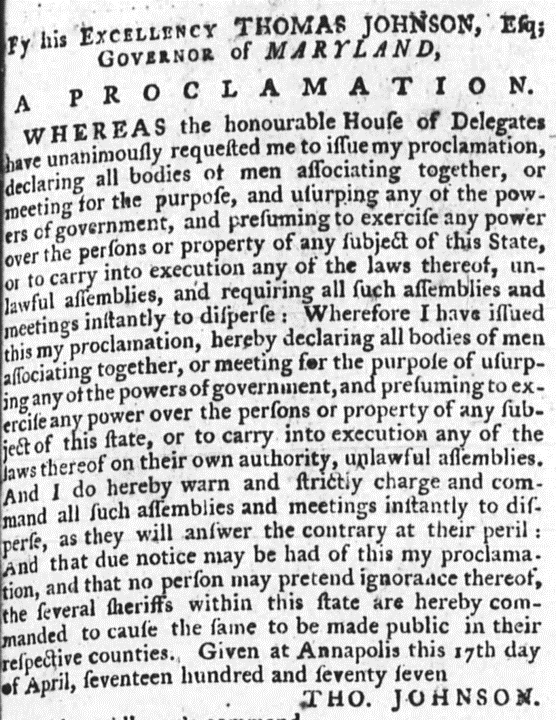

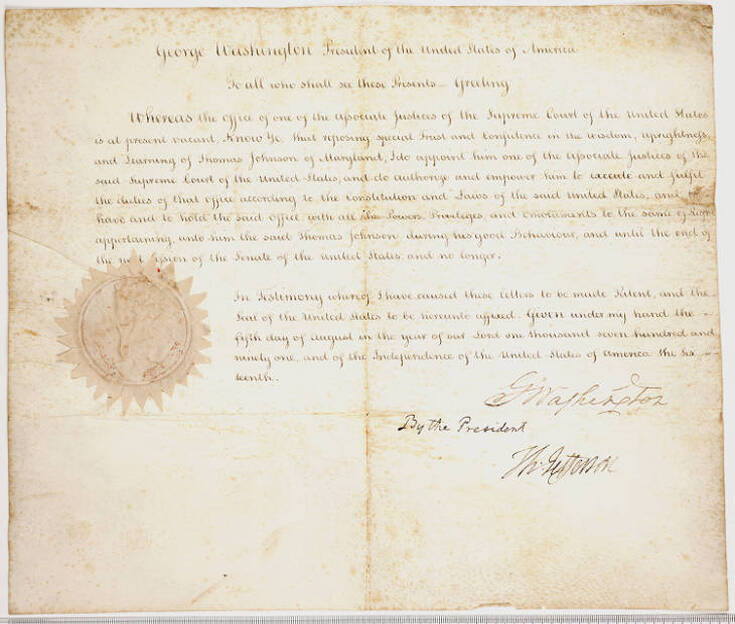
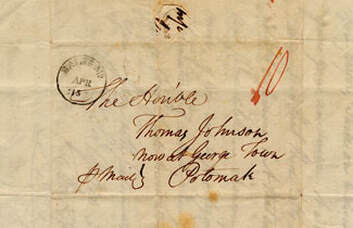
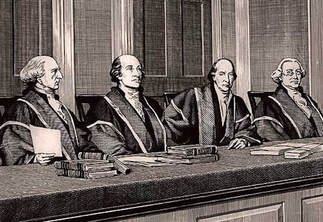
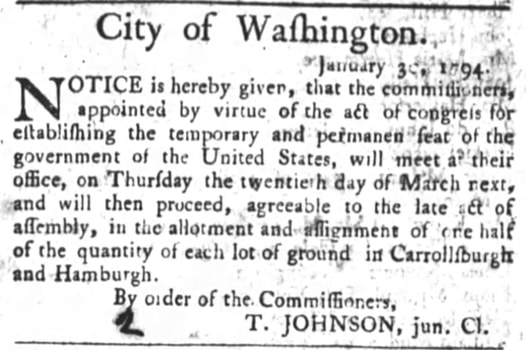
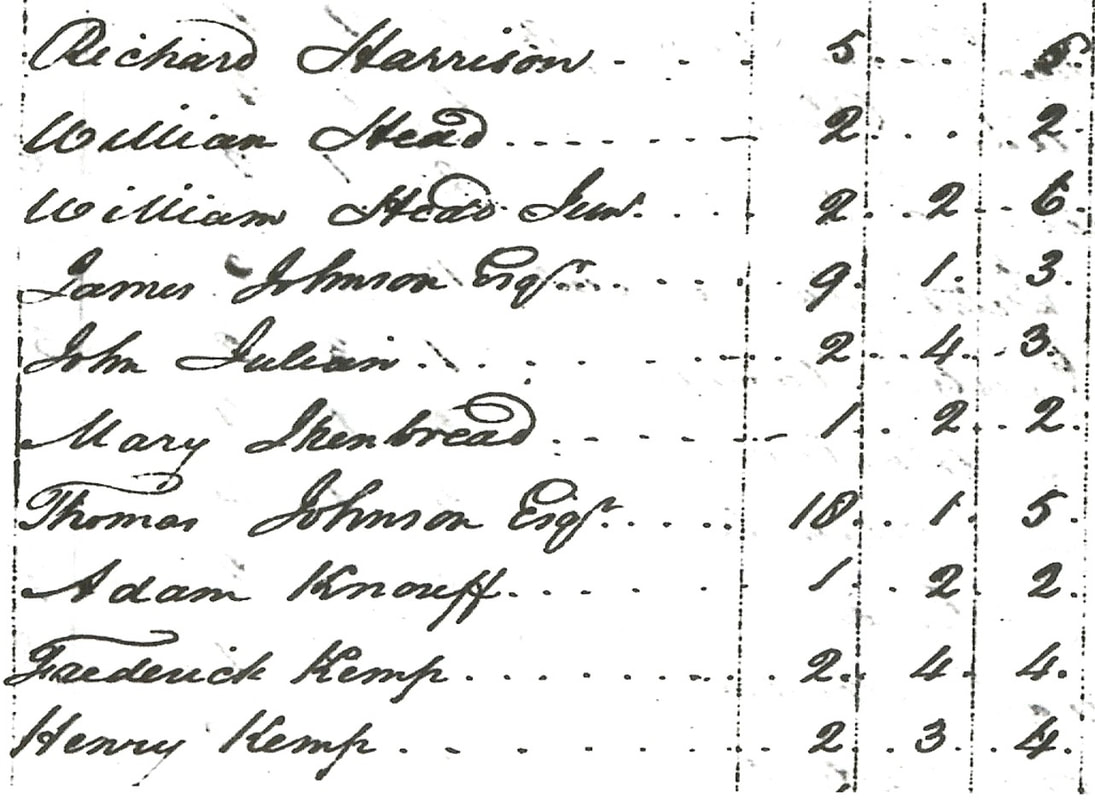
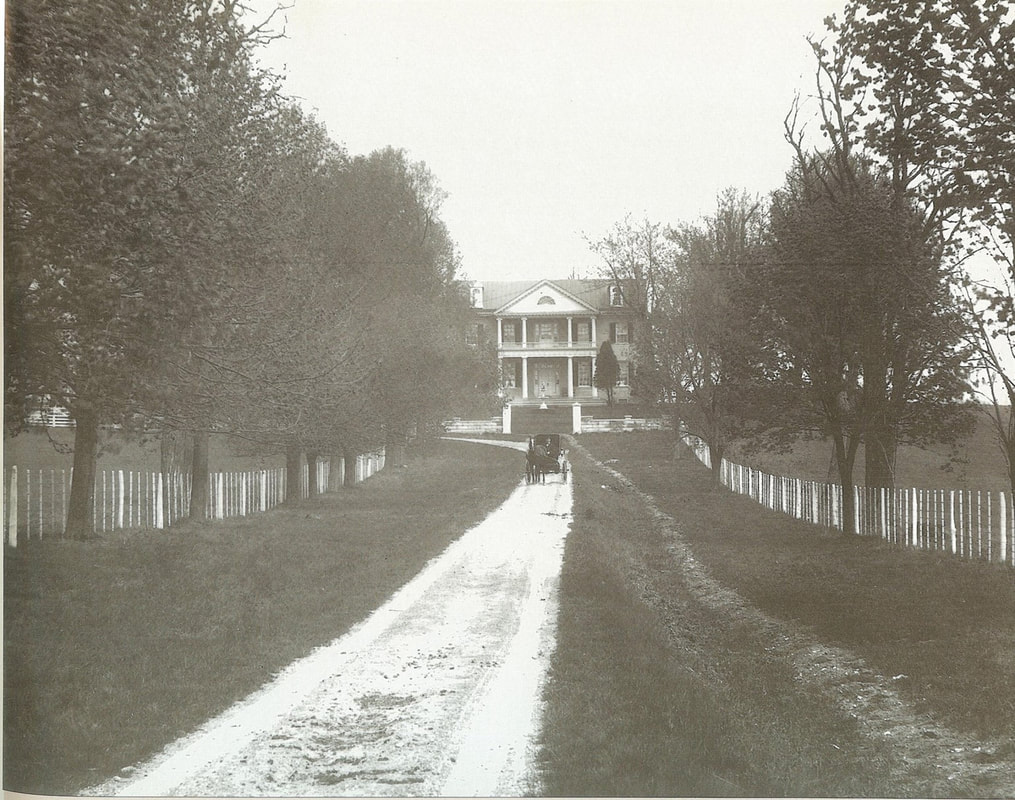
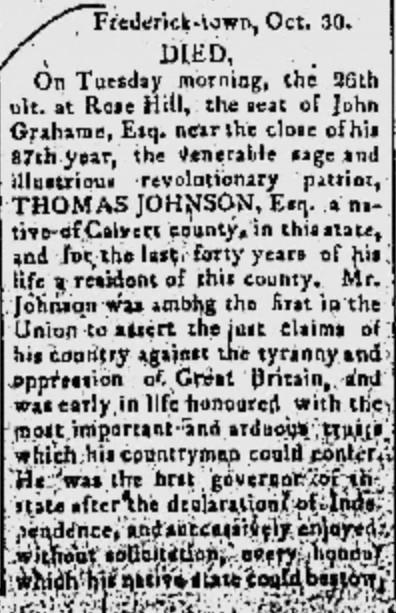
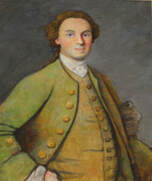
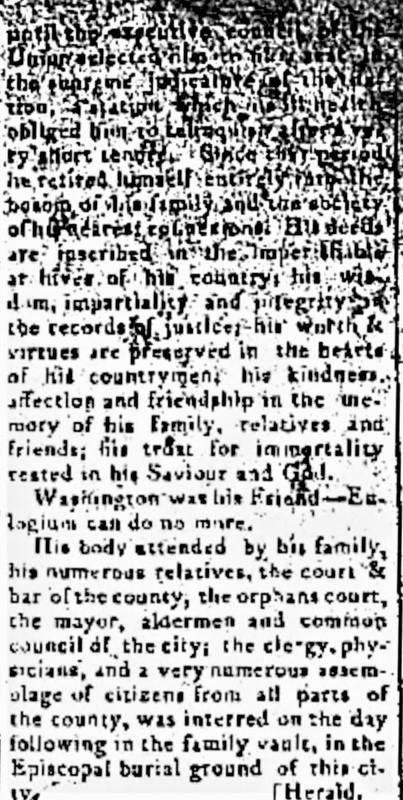
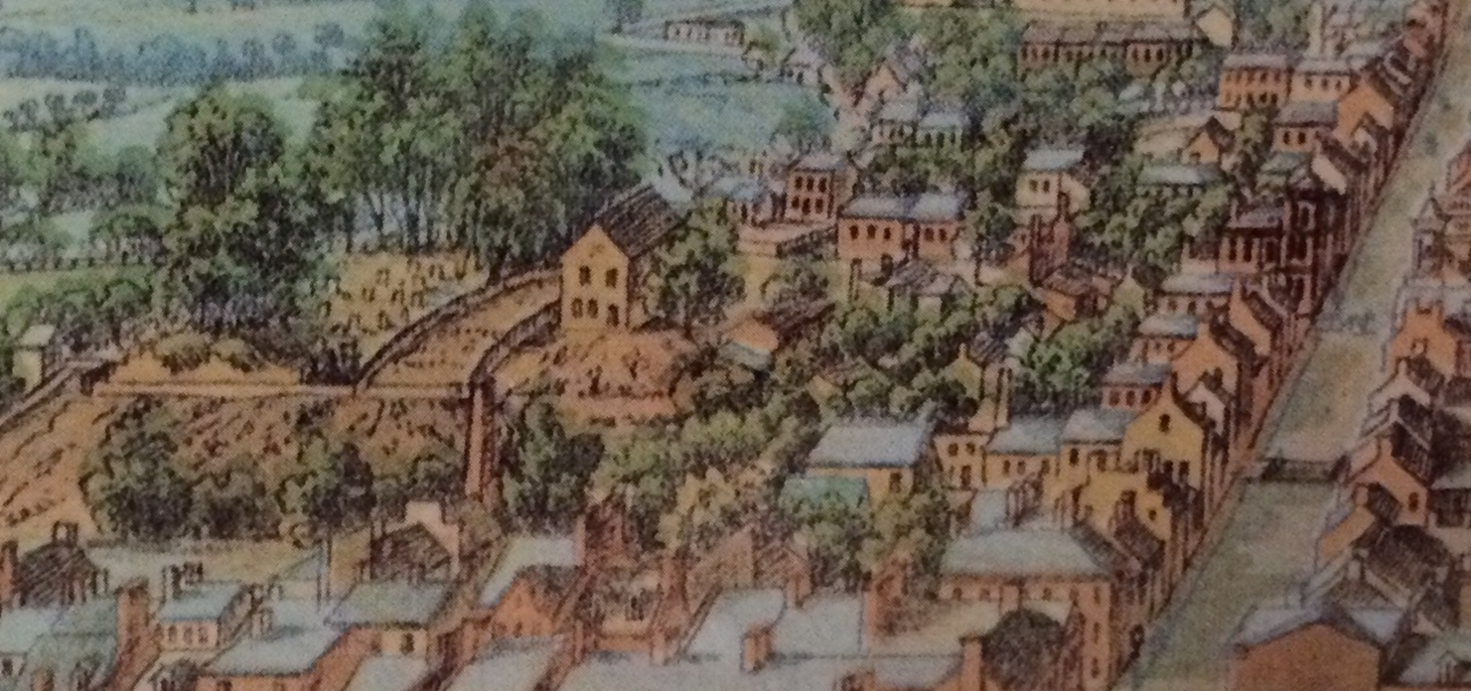
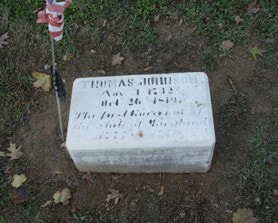
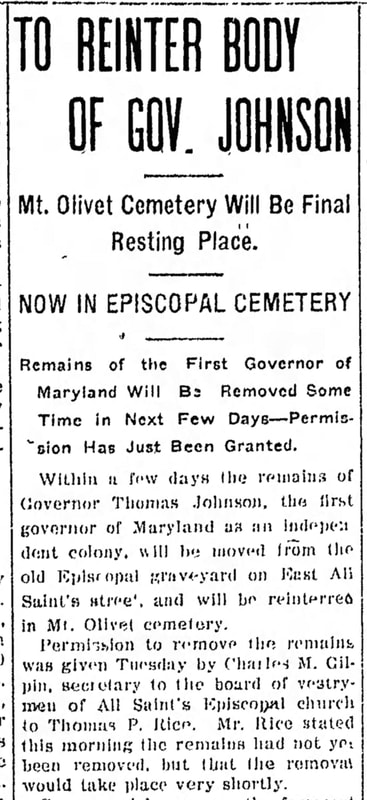
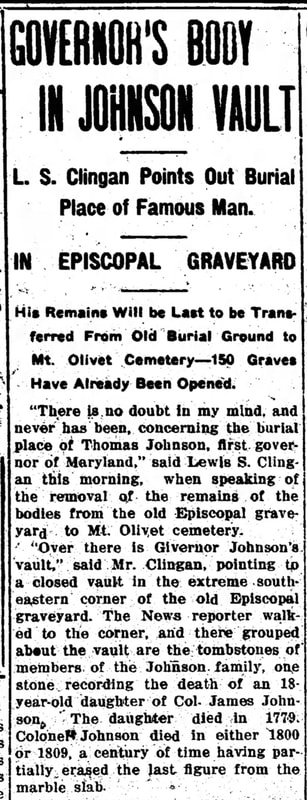
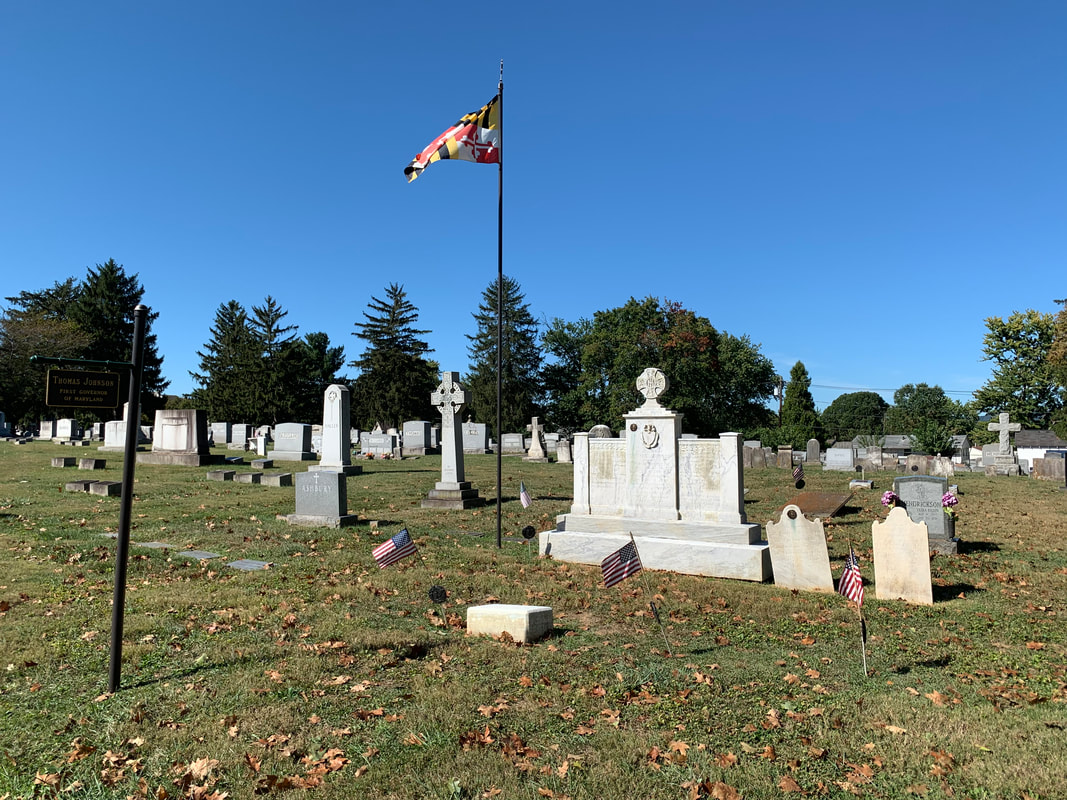
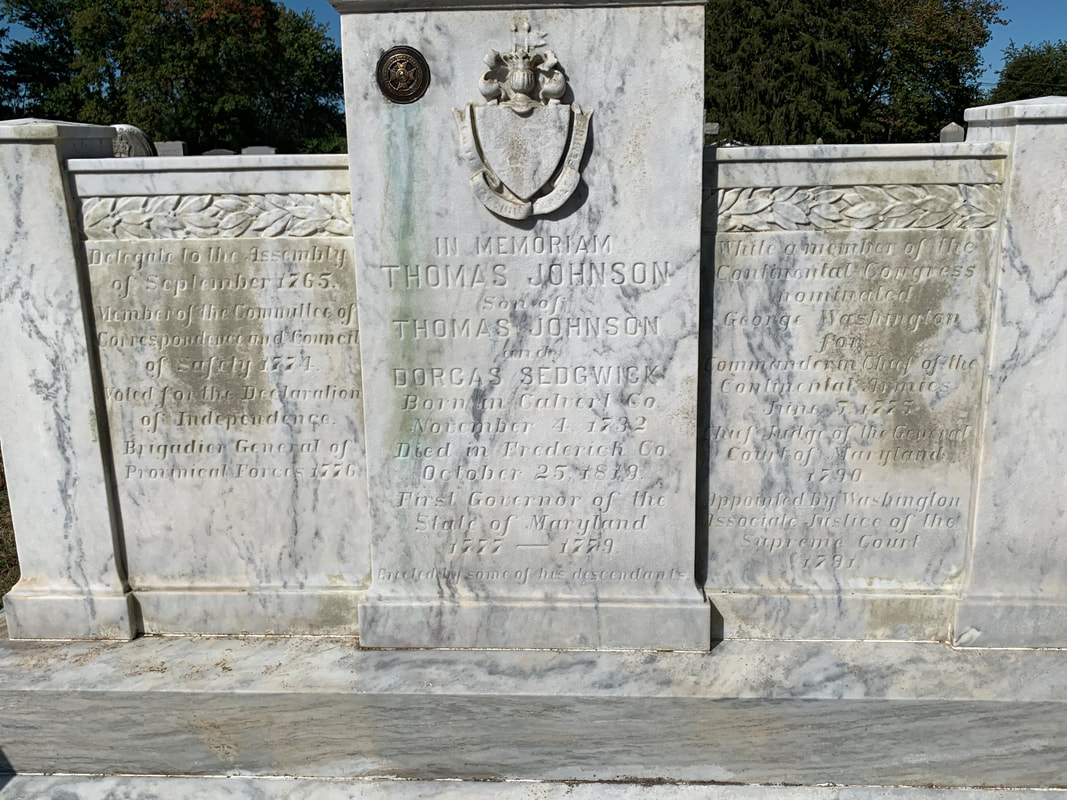


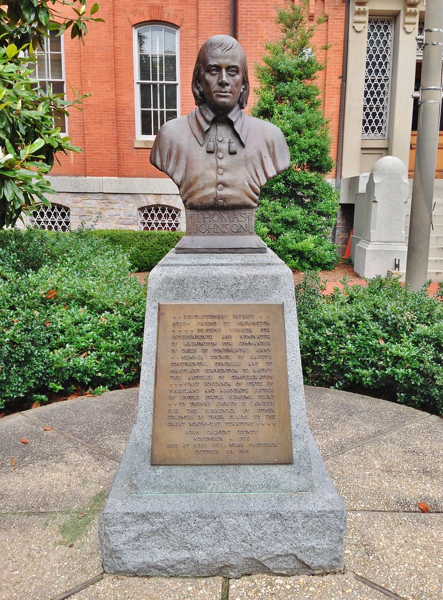
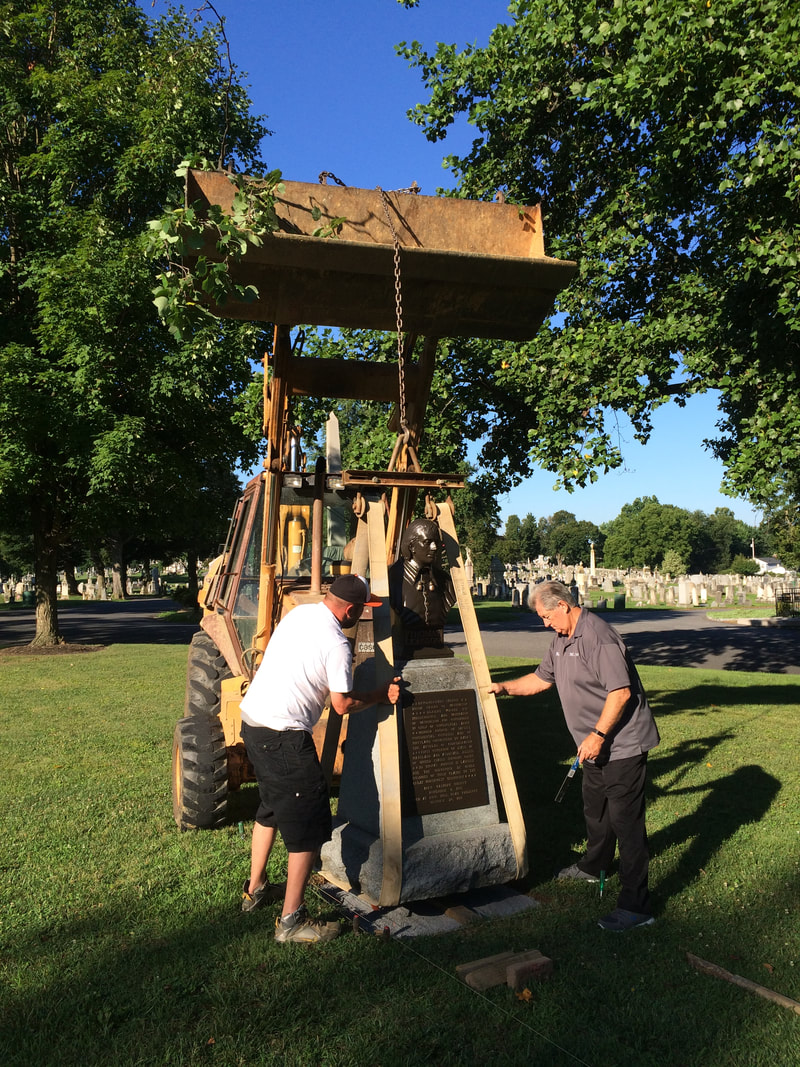
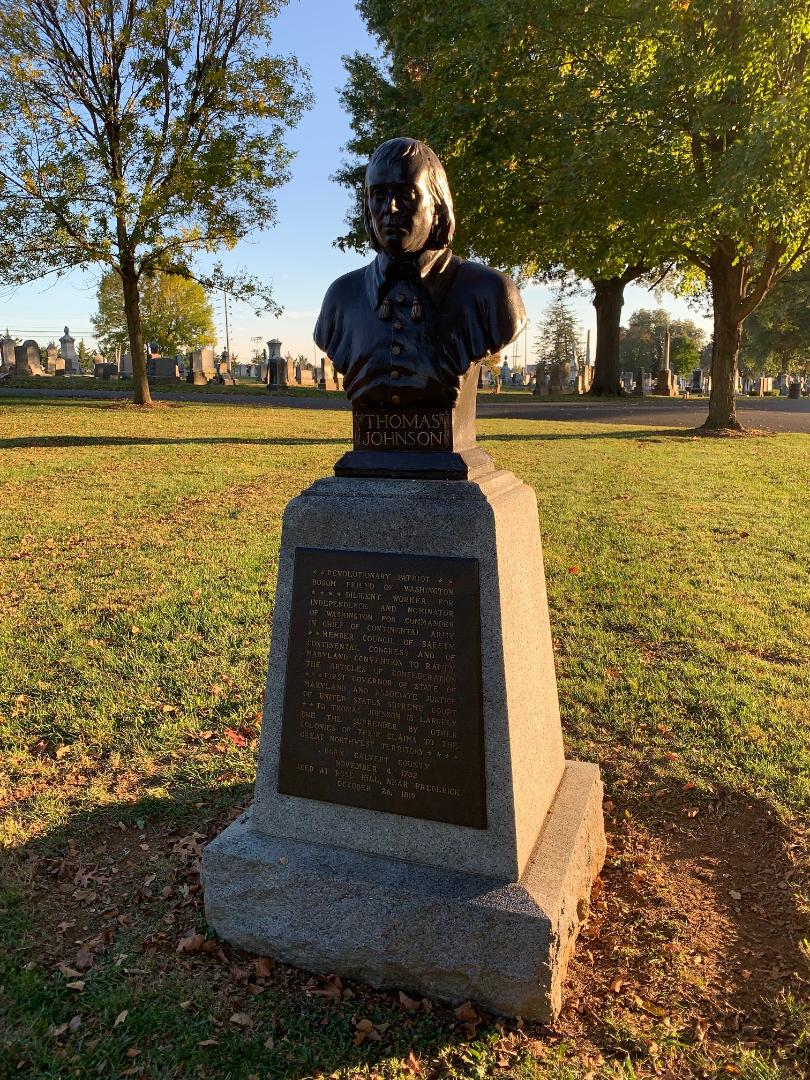
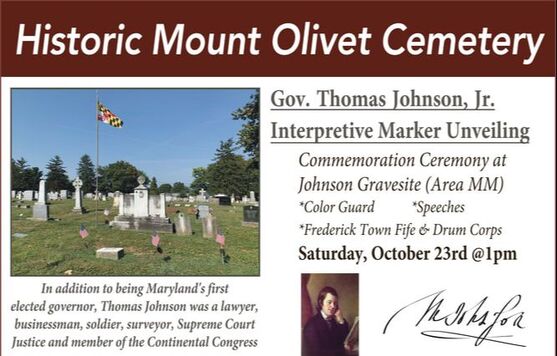

 RSS Feed
RSS Feed